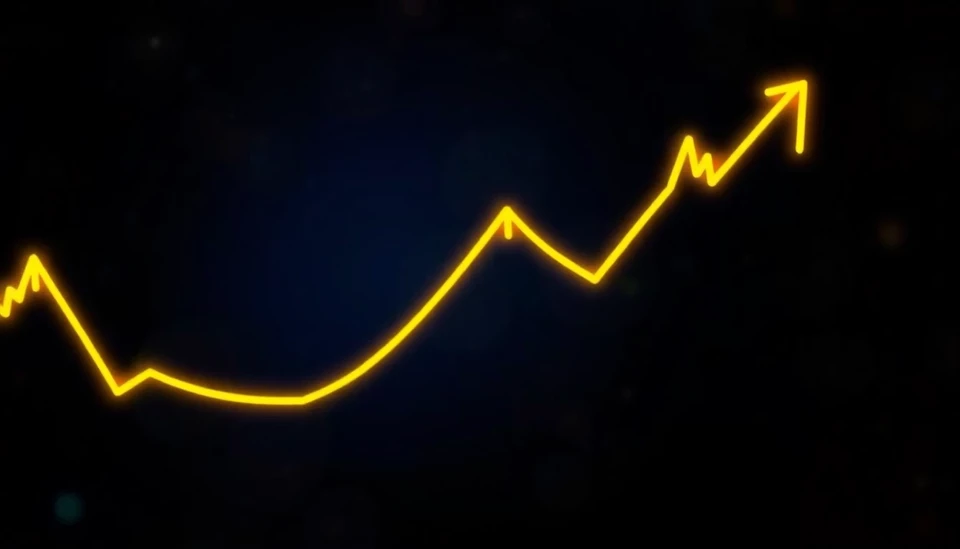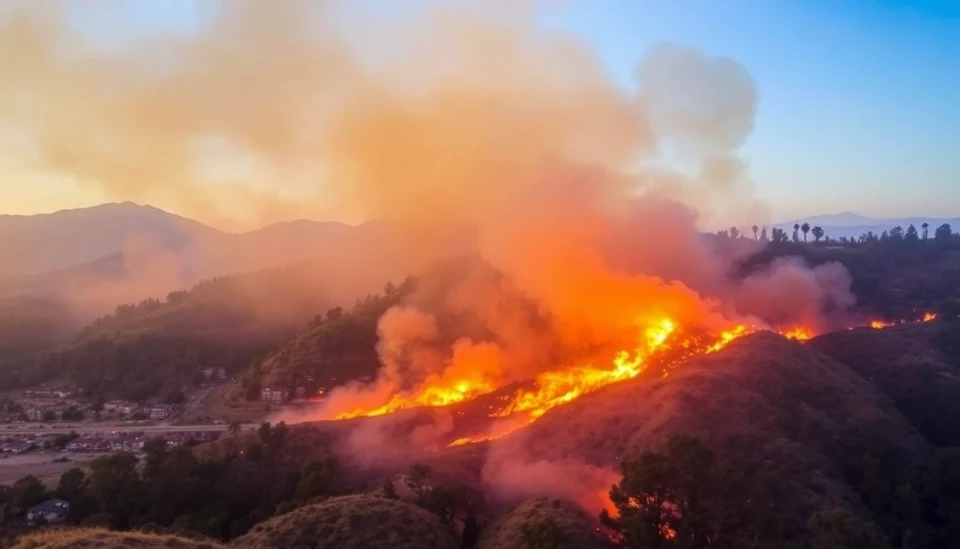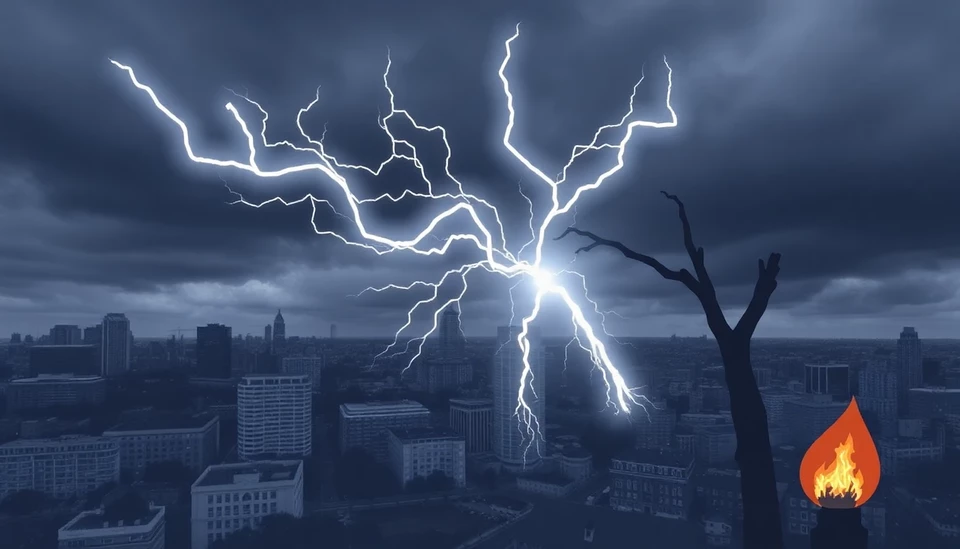
In a groundbreaking financial initiative, a former executive from PIMCO is preparing to launch the world's first-ever catastrophe bond exchange-traded fund (ETF). This unique financial product aims to provide investors with an innovative way to access catastrophe bonds, which are typically linked to natural disasters and other catastrophic events. This move could revolutionize the investment landscape, offering an alternative asset class that has previously been accessible primarily to institutional investors.
The impending launch of this catastrophe bond ETF comes at a crucial time, as the global economy grapples with rising climate-related events. With climate change intensifying the frequency and severity of natural disasters, the demand for new financial tools that can offer both protection and returns is more urgent than ever. The ETF is poised to attract a diverse range of investors looking to gain exposure to this asset class, which combines elements of insurance and traditional bond investments.
The mastermind behind this innovative fund is notable not only for his tenure at PIMCO but also for his deep understanding of fixed-income investments and catastrophe risk. He has stated that the ETF will target both institutional and retail investors, democratizing access to an investment type that has traditionally been reserved for the wealthier investors who can buy bonds directly. The ETF aims to present these unique investment opportunities in a more liquid and lower-cost manner, enhancing market accessibility.
Catastrophe bonds, often referred to as cat bonds, are a type of insurance-linked security that transfer the risk of natural disasters to investors. In exchange for a higher yield, investors accept the risk that they may lose part or all of their principal if a specified catastrophe occurs. By launching the ETF, it is expected that investors will be able to participate in this market in a more streamlined way, as they can buy and sell shares on public exchanges rather than directly entering into complex bond contracts.
Moreover, as institutional investors increasingly seek diversification to mitigate risks associated with traditional asset classes, catastrophe bonds present an appealing solution. This investment vehicle is said to operate with low correlation to equities and fixed income, which can be particularly advantageous in turbulent market conditions. The potential for stable returns, even during periods of economic uncertainty, adds an intriguing dimension for those diversifying their portfolios.
The official launch date and ticker symbol for the catastrophe bond ETF have yet to be announced, but anticipation is building within the investment community. Market observers are closely watching this development, recognizing its potential to shape the future of alternative investments and disaster risk financing.
As we look ahead, the introduction of the world's first catastrophe bond ETF could mark a significant turning point in how individual and institutional investors approach risk and disaster planning. By blending investment strategy with a focus on resilience against climate-related catastrophes, this innovation is poised to cater to a growing demographic of eco-conscious investors looking to make a positive impact with their portfolios.
In conclusion, while the financial world awaits further details regarding this historic launch, the prospect of the catastrophe bond ETF represents a unique intersection of finance, sustainability, and risk management that could redefine investment strategies for years to come.
#CatastropheBond #ETFLaunch #InvestmentOpportunities #PIMCO #ClimateFinance #NaturalDisasters #FinancialInnovation #RiskManagement #EcoInvesting
Author: Sophie Bennett




